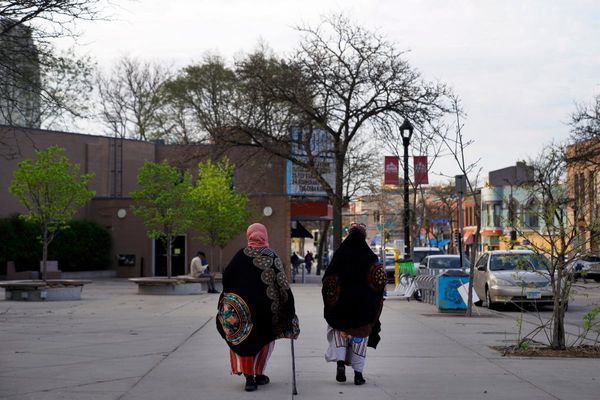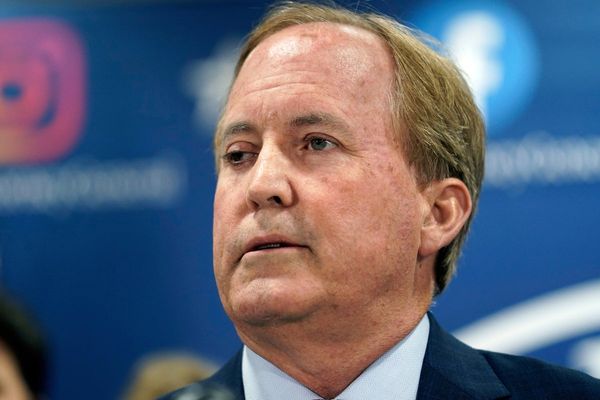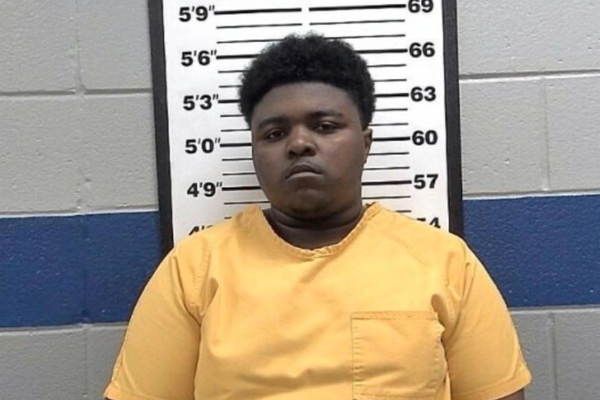
It was the moment Dani Mathisen had eagerly awaited for weeks. She and her husband watched the ultrasound screen as the wand slicked through the jelly on her stomach. As a doctor, Dani could interpret the images on the 20-week week anatomy scan herself – and immediately, she started seeing the problems in her pregnancy.
Her daughter’s feet weren’t forming quite right. A bone surgery can fix that, she thought.
There was only one kidney. But you only need one kidney.
A little bubble at the base of the spine indicated neural tube defects. A neurosurgeon could fix that. Scoliosis curved the spine itself. An orthopedic surgeon could fix that.
And then they got to the brain. It had never developed; there were no identifiable structures.
A surgeon can’t fix that, she thought, soaked in sorrow. No one can fix that.
Dani had always wanted to be two things in life: a good doctor and a good mother. Both goals seemed to be on track. She was finishing up med school, and she and her husband bought a house with an extra bedroom that would be perfect for the nursery. They called their growing fetus Mini.
But looking at the ultrasound images, she knew that being a good doctor and a good mom meant terminating the pregnancy.
Dani lived in Texas, though, where abortions were banned after six weeks starting in September – the same month she had her ultrasound. She was finally able to book an appointment in another state, with a doctor she’d never met before. Her husband wasn’t allowed in the clinic with her because of Covid restrictions, and she couldn’t keep her phone with her. The procedure took 14 hours.
After her experience, Dani, a lifelong Texan, moved far from home to do her medical residency in a state where abortion rights are protected – partly in case she ever needs care like this again, but more importantly so that she can become a “full, rounded ob-gyn that has every single tool in her arsenal”, she said. The reversal of reproductive rights by the US supreme court in June only reinforced the decision.
***
Abortion bans first and foremost affect pregnant people who need care. But bans proliferating through US states will also reverberate through an entire generation of healthcare professionals.
“It’s going to change the way that medicine is practiced,” said Kavita Vinekar, assistant clinical professor at the David Geffen School of Medicine at UCLA and coauthor of a study on how restricting abortion affects medical training. Instead of offering care based on “clinical decision-making, sound evidence, and the body of knowledge that we have in medicine, we’re going to be forced to function in an environment that’s really wrought with confusion and fear”.
Learning about abortion care is not required in US med schools, but some programs offer lectures or opportunities to shadow clinicians. Ob-gyn residency programs are the only ones required, by a national accreditation council, to train doctors on abortion care – including procedures, counseling, and the management of complications – though residents may opt out of performing the procedures if they choose. Ob-gyn residency programs in states with abortion bans may need to offer out-of-state training options or alternative training in order to maintain their accredited status, according to guidelines that are being updated after the supreme court decision.
“You’re going to raise a generation of ob-gyns who have had no exposure to these kinds of procedures at all,” said Danielle Jones, an ob-gyn and science communicator who trained and lived most of her life in Texas before leaving the state about six months ago.
Physicians who don’t feel capable or confident in their ability to offer abortion care may see their skills limited in other areas of care as well. “A lot of what we learn in abortion care extends far beyond abortion care,” Vinekar said. Many of the procedures are the same for other reproductive health complications, such as miscarriage management or uterine evacuations. “Those are all situations that come up whether or not you have legal abortion in your state, and physicians need to be well-trained and able to address these sometimes emergent scenarios.”
In states with abortion bans, the American College of Obstetricians and Gynecologists (ACOG) “will be working with those states specifically to address and ensure adequate training”, said co-chief executive officer, Dr Maureen Phipps, in a press briefing about the Dobbs decision. But, she cautioned, “it’s not straightforward. We are going to have to do a lot of work to ensure that training.” The organization will also offer resources and answer individual questions from members about the patchwork of state laws, she said.
The Biden administration recently pledged to protect the right to abortion when a patient’s life is at risk. But pregnancy, especially in the US, is already extremely dangerous. Doctors fear an environment where they need to wait for patients to be at death’s door before providing them the treatment they need – especially if they need to seek authorization in situations where a few minutes can mean the difference between life and death.
***
In Texas, Dani saw how close pregnant patients needed to be to death before a doctor could intervene. On her med school rotations, she would see patients with dangerously high blood pressure – putting them at risk for strokes and neurological damage – or who were clearly developing sepsis, a life-threatening infection, but whose doctors were required to wait until their conditions worsened before terminating the pregnancy.
“You know the bad things that can happen, and you just have to sit and wait until it’s bad enough? That’s horrible,” Dani said. “To me, that goes against ‘do no harm’ because it’s happening – the harm is happening. It’s just not harmful enough.”
Staying pregnant herself would have opened up Dani to potential harm, while the outcome for Mini would have been the same no matter what happened. All Dani could do was ease the suffering.
An undeveloped brain meant the baby would die before delivery or soon after birth, because there would be no respiratory drive prompting her to breathe. If Mini survived childbirth, she would slowly suffocate to death – and there was no way to save her.
“It wasn’t really a decision because no one would choose to have their child live and die like that. It would have been a very painful death where she eventually just runs out of oxygen,” Dani said.
And watching Mini die would have made it difficult or impossible for Dani to work as a doctor. “I don’t think I would have been able to go back into medicine after watching my child die,” she said. “I would not be able to relive that every time.”
Doctors forced to watch patients enduring such danger and trauma are going to struggle with plummeting morale and burnout, Vinekar said.
“I can think of nothing more likely to drive people out of healthcare because of that powerlessness,” Vinekar said. “The reason we’re in this field is to help people.” But “forcing people to incur the risk of pregnancy against their will is perhaps one of the most inhumane things you can do”.







